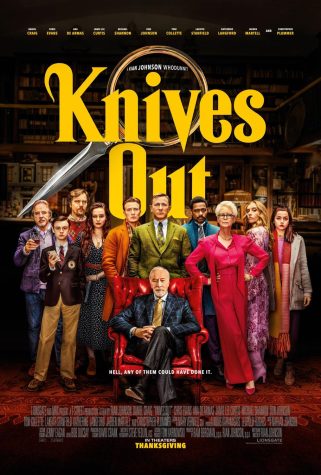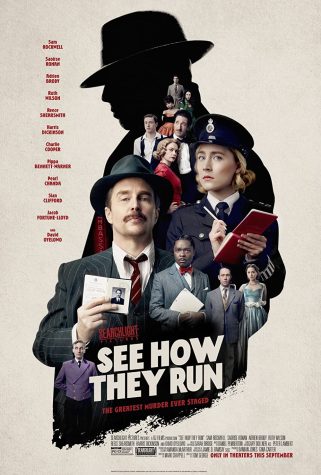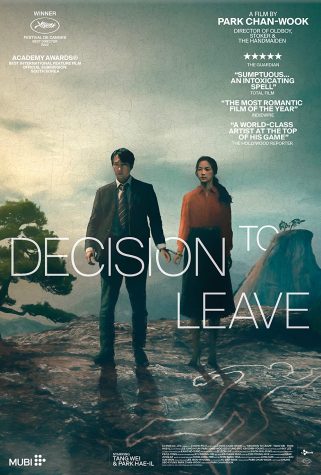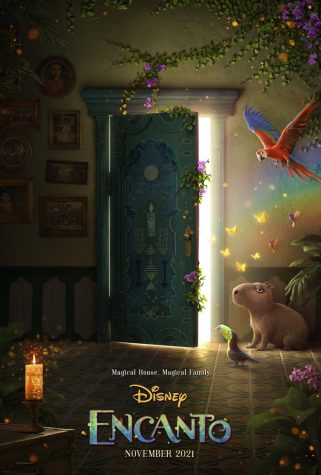On the History of “4D” Movies And Their Future Potential

Hans Laube created a technique first demonstrated in 1960 that allowed audience members to actually smell the movie in theaters, Smell-O-Vision was born (an earlier version of 4D movies).
A scentorama machine was the technology behind Smell-O-Vision in the movie “Scent of Mystery.” Carmen Laube, Hans’ sister, recalls that he was noticeably happy during the time the film was in production. Hans would come home, “laughing and hugging us, [bringing] the most beautiful enormous boxes, wrapped in big bows and filled with treats.”
Undoubtedly a genius inventor, Laube was not a natural when it came to the logistics of business, according to Jack Cardiff, the movie director. “Old fashioned Europeans did business based on instinct and handshakes,” he said. “Hans didn’t legally protect his process correctly” (www.in70mm.com/news/2016/hans_laube/index.htm).
The producers realized they could save a fortune if they air-conditioned the scents rather than installing costly individual units in front of each seat. Unfortunately, this alternative strategy cost Laube his success.
“The film was a complete disaster,” according to Cardiff. “The technical part was excellent, but when we ran the film in Chicago for the press and everybody, they all said the same thing: there is no particular smell about anything. It was all a kind of cheap eau de cologne” (in70mm.com/news/2016/jack_cardiff/index.htm). The film later played in New York, which was the last time it played in theaters. Audience members were disappointed from the lack of genuine quality Smell-O-Vision. Although the film’s photographic elements were impressive, the smell didn’t come through.
The dramatic storyline of “Scent of Mystery” was designed as the perfect backdrop for incorporating scents, like tobacco and the sea, which were triggered by the movie’s soundtrack. Cardiff admits, “I say it was all very promising as a subject matter, but it simply didn’t work out without the smells, of course.” The climax and highlighted scenes were woven into the actual presence of a smell.
Years prior, in Aldous Huxley’s “Brave New World” (1932), a type of Smell-O-Vision, had made its fictional appearance in the form of a stimulating theater, affecting the character’s entire somatosensory system. Huxley illustrates a dystopian society to criticize people’s obsession with instant gratification and constant stimulation. Persistent distraction evidently dehumanizes the characters, separating them from reality. His commentary was written to warn future generations and groups of accepting stimulation as a way of life.
As strange as it seems, “Smell-O-Vision” will revisit theaters soon labeled as “4D” movies. Hopefully the introductory launch will be more successful than in 1960s.
With rapid film technological advances on the horizon, we should partake with caution as we begin to understand technology’s relationship and relevancy in our lives. Of course, we can harness this power and intelligence to do good, discover and have fun, but an underlying threat of the extreme still remains. Huxley warns us against that extreme as he portrayed his characters’ desperation for the next dose of thrill and excitement.
Take in the world around you, as it is now, and be grateful for the little and simple things in life. For all we know, they may change tomorrow. Positive change is always welcomed, serving as a way to grow and become a more well-rounded person. But, often, the most rewarding experiences are harvested from hardships or situations that aren’t as easy as a click of a button.
Although these chains of events may sound extreme, something as simple as scents infused into a theater may transgress into cultural norms and propaganda tools. Something used so innocently can impact us in profound ways.
I personally hope Marvel releases some 4D movies, but until then, continue being grateful for the simplicity in life.







